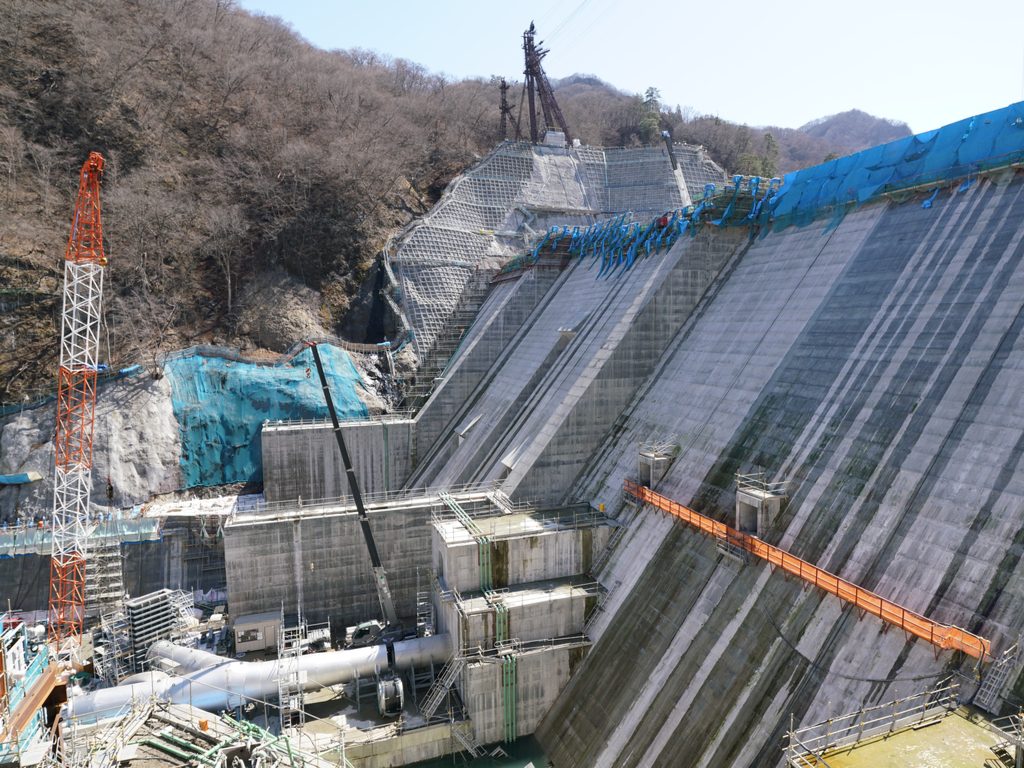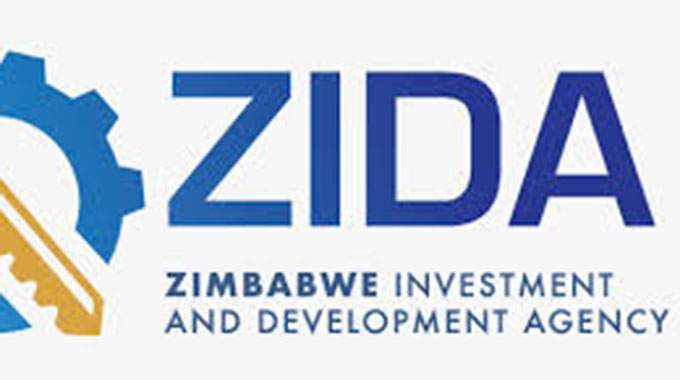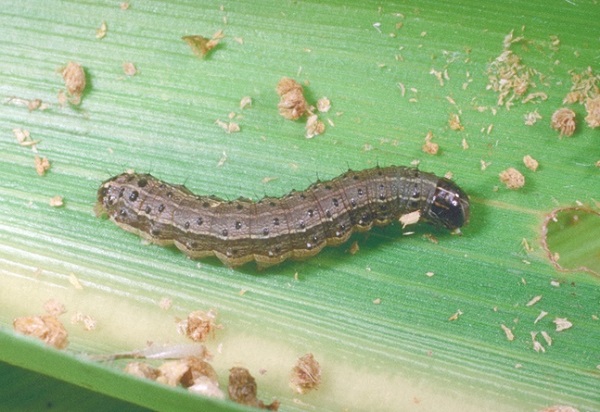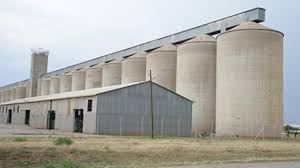National milk production sees relative growth in 4 months to April
HARARE – Zimbabwe’s milk production has remained on an upward trend despite persistent sectoral challenges that have hampered the industry’s ability to reach its full potential.
In the first four months to April, raw milk production grew by 3.6% to 37.6 million litres, compared to 36.3 million litres recorded during the same period last year. This growth was attributed to improved genetics and government initiatives aimed at boosting local milk production.
The sector recorded a 6.4% year-on-year growth in production, with small- to medium-scale producers contributing 62% of the total output.
In April alone, 9.6 million litres were produced, compared to 9 million litres in the same period last year. This demonstrates the resilience of small dairy farms that have adopted new mechanical measures to enhance milk production across the country.
In the first quarter of the year, Dairibord Holdings reported that it accounted for 30% of the total raw milk produced. National raw milk production during this period increased by 3% to 28 million litres, up from 27 million litres recorded in the corresponding period.
In an interview, Zimbabwe Association of Dairy Farmers Chairman Edward Warambwa said that the small-scale sector has been leading milk production since the beginning of the year, largely due to the adoption of new cost-cutting measures.
Small- and medium-scale dairy producers are playing an increasingly important role in national milk output, with medium-scale farms expanding their milking herds through a robust, pasture-based model.
Efforts to grow the national herd include developing local breeders, importing seed animals, and introducing calves for emerging farmers. The sector is also investing in genetic improvement by importing high-quality semen and, in some cases, establishing semen banks in strategic locations.
The Zimbabwe Association of Dairy Farmers highlighted that despite government initiatives to boost local milk production and reduce imports, the sector continues to face limited access to finance and international investment.
To address these issues, the government launched the Dairy Revitalization Programme (DRP) in partnership with private investors. The program aims to increase annual milk production to 150 million litres by the end of 2025. Key initiatives under the DRP include improving dairy genetics, expanding artificial insemination programs, and enhancing pasture and feed management systems.
Despite the challenges, there is optimism that the sector can grow by 14% annually through improved genetics. Local milk production is projected to meet national demand by 2026. This anticipated growth is largely driven by the continued expansion of smallholder dairy farming and rising consumption levels that are gradually aligning with regional averages.
Current statistics show that Zimbabwe’s national dairy herd consists of 27,053 pure breeds and 11,947 crossbreeds, totaling approximately 39,000 dairy cows. Of these, about 19,000 are currently in milk production. This figure remains significantly below the sector’s historical peak in the early 1990s, when the national herd reached 119,220 dairy cows and annual milk production stood at 260 million litres.-finx











